WASHINGTON — If you think your ship has everything it needs to operate anywhere in the world, you might consider stocking up on baseball bats, silicone heating pads, mukluks and working uniforms with seven layers of insulation.
That’s because if lawmakers here have their way, the Navy might cut you orders to what they’re calling “Strategic Arctic Ports” — anchorages near increasingly thawing waterways in a northern region that’s becoming an “emerging strategic choke point of future great power competition.”
All of that’s tucked into Section 1041 of the new 988-page defense spending bill. It orders the Pentagon to begin coordinating with the U.S. Coast Guard and Maritime Administration to find “potential sites for one of more strategic ports in the Arctic,” a place Navy surface warships and aircraft carriers have rarely ventured over the past three decades.
Once standard issue for warships nosing north of the Arctic Circle, the bats will shatter ice-encased decks while the pads stop oil and transmission fluid from freezing to their pans.
And you might need the soft mukluk boots worn by indigenous Arctic people and soldiers at the Army’s Northern Warfare Training Center in Alaska just to avoid freezing to death in the dark winter.
“The environment requires a degree of preparedness, not just for the execution of military operations but even just to have families live in that environment,” said Maj. Chad Peltier, the commandant of the Center at Fort Wainwright, near Fairbanks.
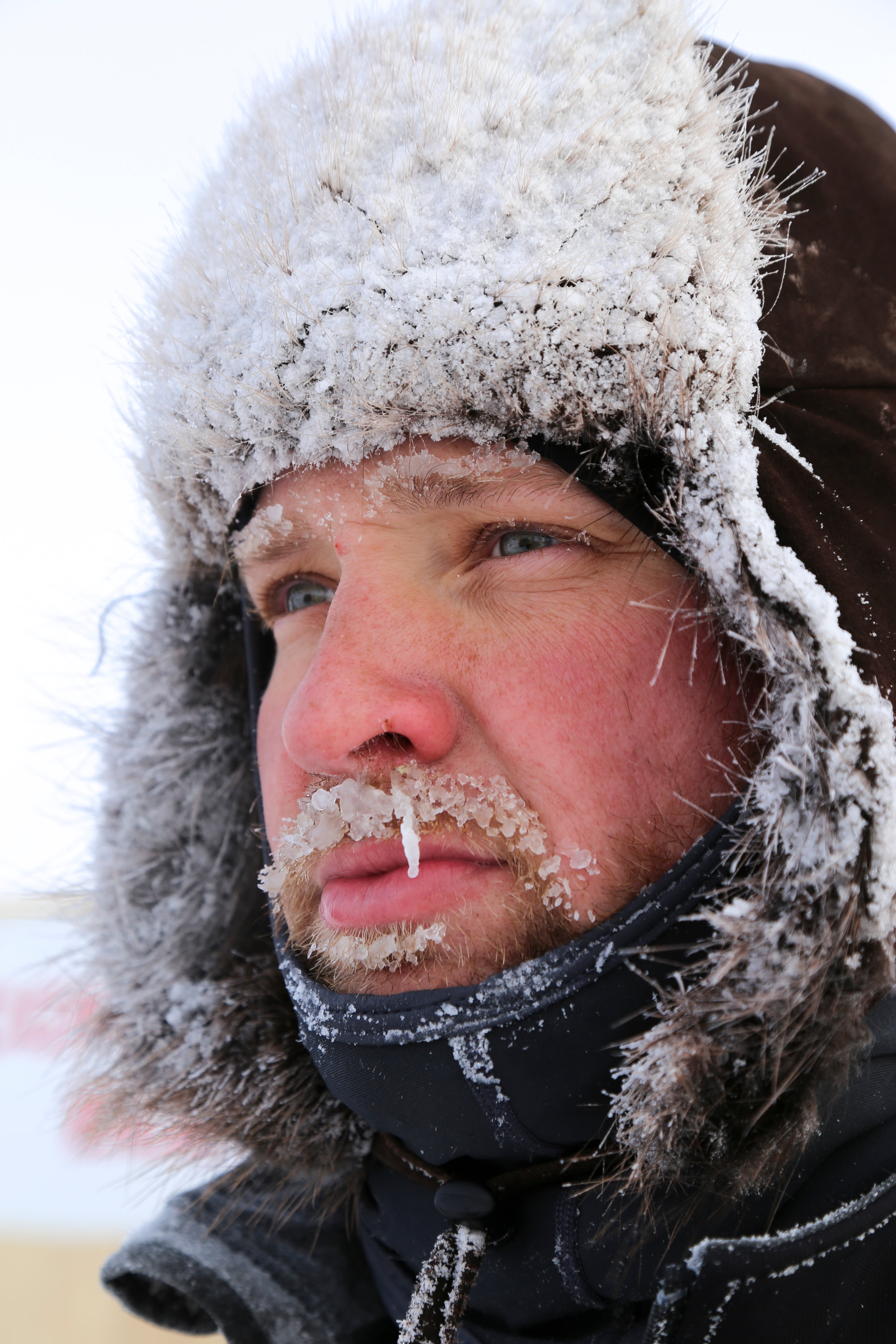
The legislation mandates that the northern ports will host “at least one of each type of Navy or Coast Guard vessel,” including a guided-missile destroyer and a Legend-class National Security Cutter, along with a heavy polar ice breaker.
The sites will have the capacity for equipment, fuel storage and defense systems and be linked by roads to airports that can support military aircraft.
That should satisfy lawmakers who fret about Russia’s strategic Arctic goals and burgeoning interest in Beijing for patrolling waterways increasingly devoid of ice in the warmer months, potentially creating faster trade — or invasion — routes.
Moscow considers its roughly 7,000 miles of Arctic shoreline as both a strategic liability that’s being beefed up with military might and the key to its economic future. Russian President Vladimir Putin in 2017 pegged the potential mineral wealth in the region at $30 trillion.
To Daniel Goure, a former defense official in George W. Bush’s administration and now the senior vice president of the nonprofit Lexington Institute, Moscow sees the Arctic as a “vulnerable long flank,” especially for incoming aircraft and missiles.
That’s why spending a few dollars up north could force the Russians to invest heavily to counter comparatively meager American investment.
“The cost of maintaining, say, an airbase in the Arctic is enormous. And those are resources that could be used otherwise to threaten, for example, countries in Europe,” he said.
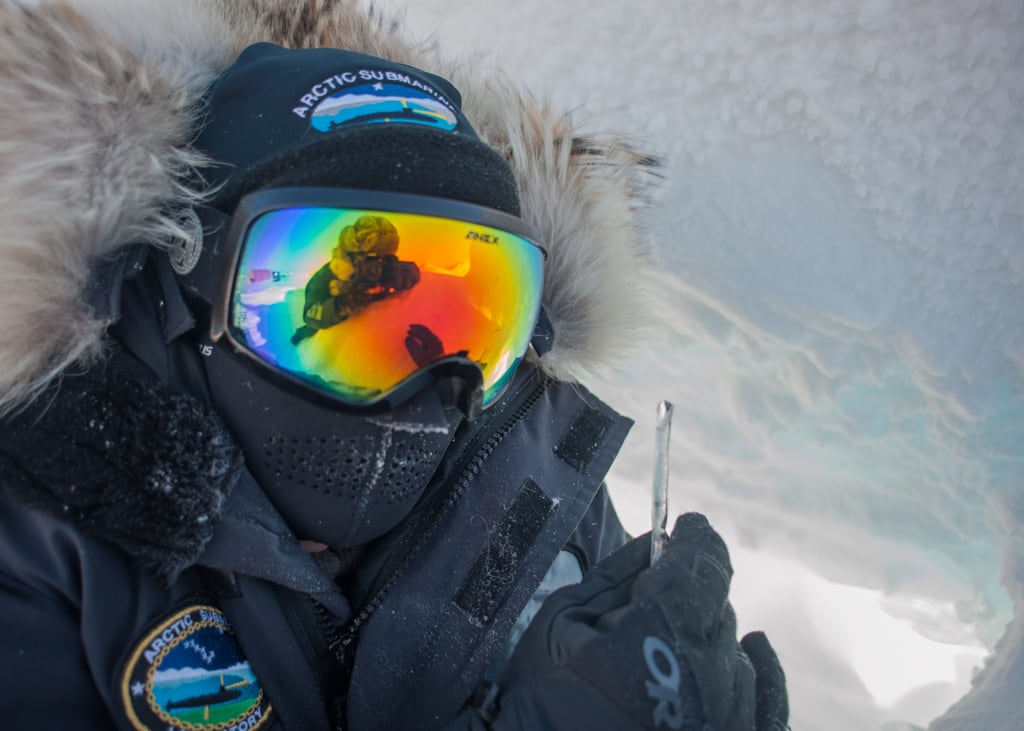
But retired submarine officer Bryan Clark cautions against Cold War thinking when it comes to future Arctic bases.
“We don’t use the Arctic the same way the Russians do,” the analyst at the nonprofit Center for Strategic and Budgetary Assessments said. “We don’t have the same exposure as the Russians do.
“They’ve got 7,000 miles of coastline. It’s difficult to patrol and they’re somewhat neurotic about homeland defense anyway. It’s a perceived vulnerability on the part of Russia and has been for a long time, so they’ve always put a lot of money into the ability to break ice, maintain access.”
Some longtime Arctic hands wonder if Capitol Hill sounds unrealistically ambitious about northern ports.
“It reads like, ‘Where are we going to put Naval Base Norfolk in the Arctic?’ That’s a bit of a stretch,” said retired Coast Guard Capt. Lawson Brigham, the former commander of the icebreaker Polar Sea during expeditions through the Arctic and Antarctic.
Now a global fellow as the Woodrow Wilson Center and a University of Alaska Fairbanks researcher, Brigham said multiple challenges confront anyone trying to build an Arctic port from scratch, starting with finding deep water along western Alaska’s shallow coastline.
“You’ve got to have draft. You’ve got to have depth of water,” Brigham added. “You’ve got to have a proper place to moor ships, not necessarily in the ice. An Aegis-class cruiser or destroyer can’t go anywhere near the ice.”
And then there’s the price tag.
“The question that makes everyone nervous is, ‘Who pays for this?’” he said. “What agency is going to have to pony up?”
Nestled into the southern Seward Peninsula, a Bering Sea port already exists in Nome, but it would need to be expanded to accommodate military operations. Although ice covers Norton Sound in the winter, it’s also not inside the Arctic Circle.
Planners need to realize that there’s no road or railway that connects the small town to larger cities, Brigham said.
“It is good to take a hard look at what’s feasible and practical for a port in the United States maritime Arctic,” Brigham concluded.
Although a road links Prudhoe Bay to Fairbanks, building a strategic port along Alaska’s oil-rich North Slope could pose other challenges, according to CSBA’s Clark.
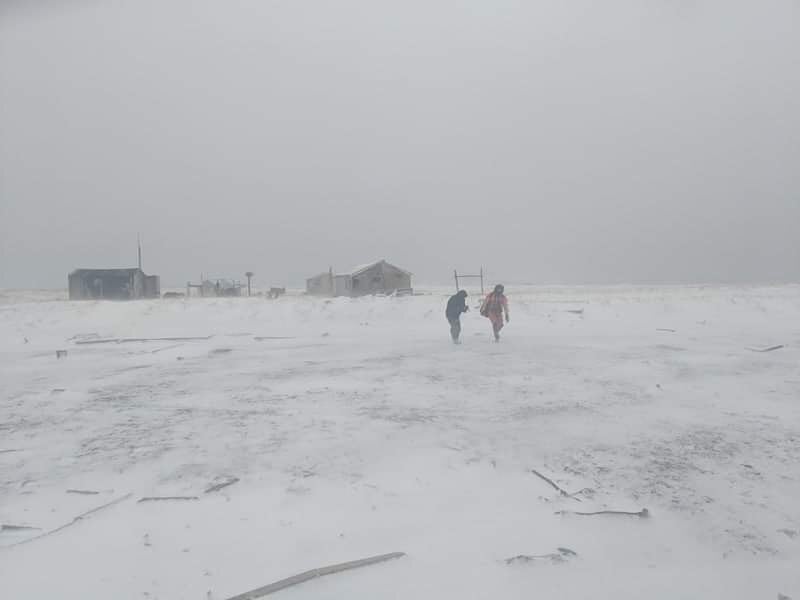
“I think the idea of putting a base up in the far north is a bad idea,” he said. “It’s too expensive, and then you’ll build it and not be able to use it for a large part of the year. It becomes a white elephant.
“What might be a better idea would be to make a way point in Nome and use your afloat forward staging base for operations in the far north during the times of year when that is viable.”
There’s also the problem of what to do when a ship needs repairs. Smaller cutters might be able to pull into Kodiak, Alaska, but destroyers and icebreakers likely would have to sail to Washington’s Puget Sound to get mended.
U.S. Sixth Fleet commander Vice Adm. Lisa Franchetti said logistically supporting vessels operating above the Arctic Circle was a key takeaway from the Harry S. Truman Carrier Strike Group’s cruise in the Norwegian Sea during October’s Trident Juncture exercises.
“Operating at the far end of the logistics chain, it was really important for us to see how we could do that, how it would work, and we took a lot of lessons from that,” she said.
And there are other potential problems for those at the tip of the spear.
“You can buy a specialized asset like an icebreaker, but when you start hardening frigates and other vessels to work up there, you’re starting to impact the Navy’s ability to be flexible in other regions,” retired Navy Capt. Thomas Culora, the dean of the Center for Naval War Studies, told Military Times in January.
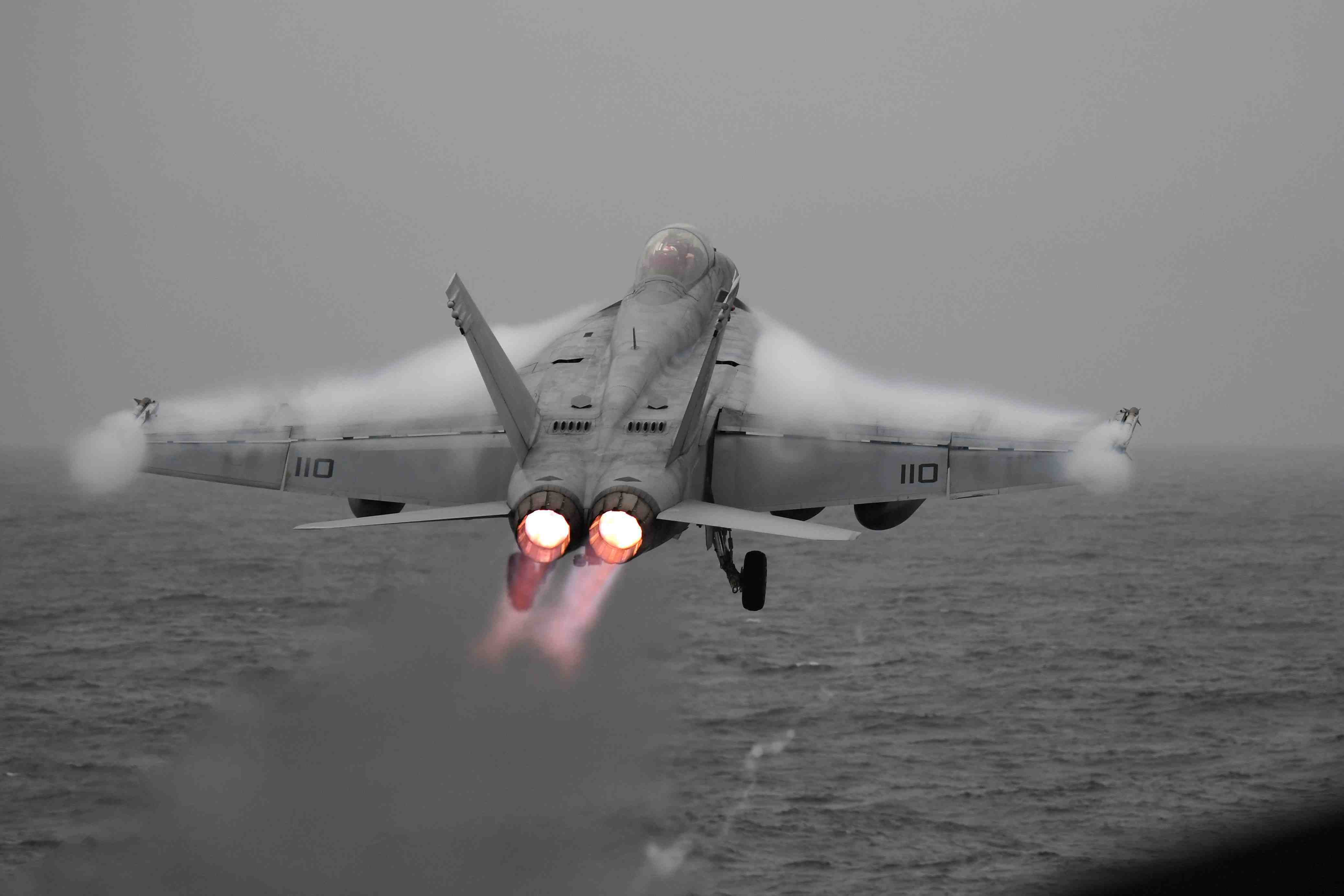
If the Navy is going to patrol routinely above the Arctic Circle, it’s going to have to harden its personnel to survive. too. That’s something the sea service does during biennial Ice Exercise drills in frigid and remote locations.
Last March, the San Diego-based Arctic Submarine Laboratory organized the construction of Ice Camp Skate in the frozen Beaufort Sea.
It hosted the Seawolf-class fast attack submarine Connecticut from Bremerton, Washington, and the Los Angeles-class fast attack boat Hartford from Groton, Connecticut, and they were joined by the Royal Navy’s Trafalgar-class submarine Trenchant.
But ICEX only lasts five weeks.
Compare that to the Air Force’s most northern installation, Thule Air Base, which has existed in some form since 1943, although the modern site was erected a decade later.
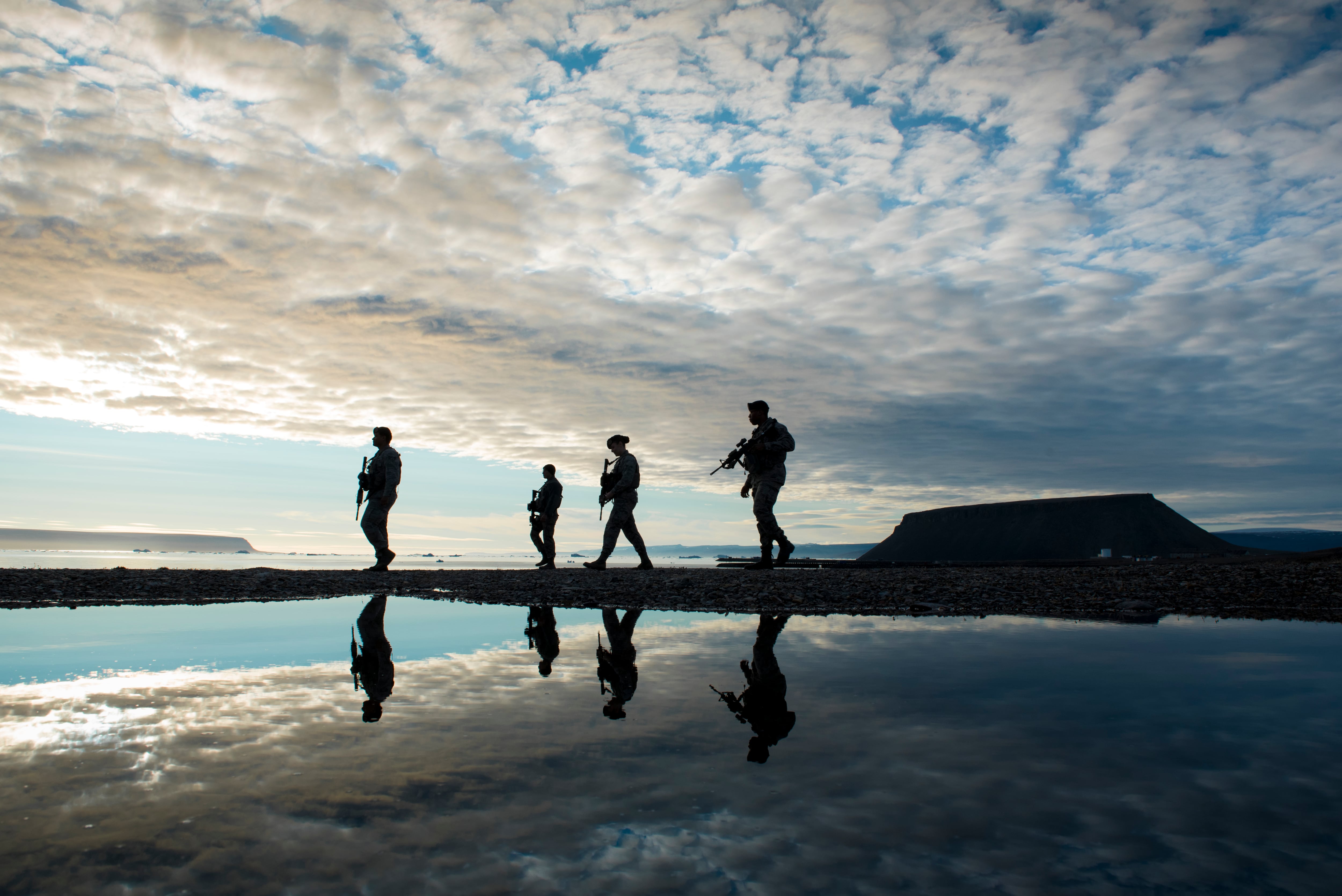
Another Cold War base — Maj. Peltier’s Fort Wainwright — was an Air Force installation that the Pentagon transferred to the Army in 1961.
Peltier said he and his family have developed a tolerance for life there, having spent nearly seven years of his military career in Alaska, but it’s not easy for all soldiers and sailors need to understand that.
“There’s parts of Alaska where you can find yourself not seeing another human being for quite some time,” he said. “That risk of isolation in those extreme conditions requires a level of preparedness you don’t necessarily think about in Kansas or Georgia.”
He ticked off foreseeable headaches such as heavy snow and ice dogging a commute to work but added that soldiers training above the Arctic Circle will watch the thermometer plummet to 50 degrees below zero in March.
January and February are even colder and darker, he added, and some personnel see their energy levels flag when the sun sets at 3 p.m.
“Eight hours north of here, you will get darkness throughout the day for several days,” he said. “And in the summertime, it’s 24 hours of light.”
Navy leaders will need to monitor cabin fever during the brutal winters, plus depression and other symptoms tied to seasonal affective disorder as constant darkness later gives way to eternal light.
“That affects everyone just a little bit differently,” he said.
RELATED
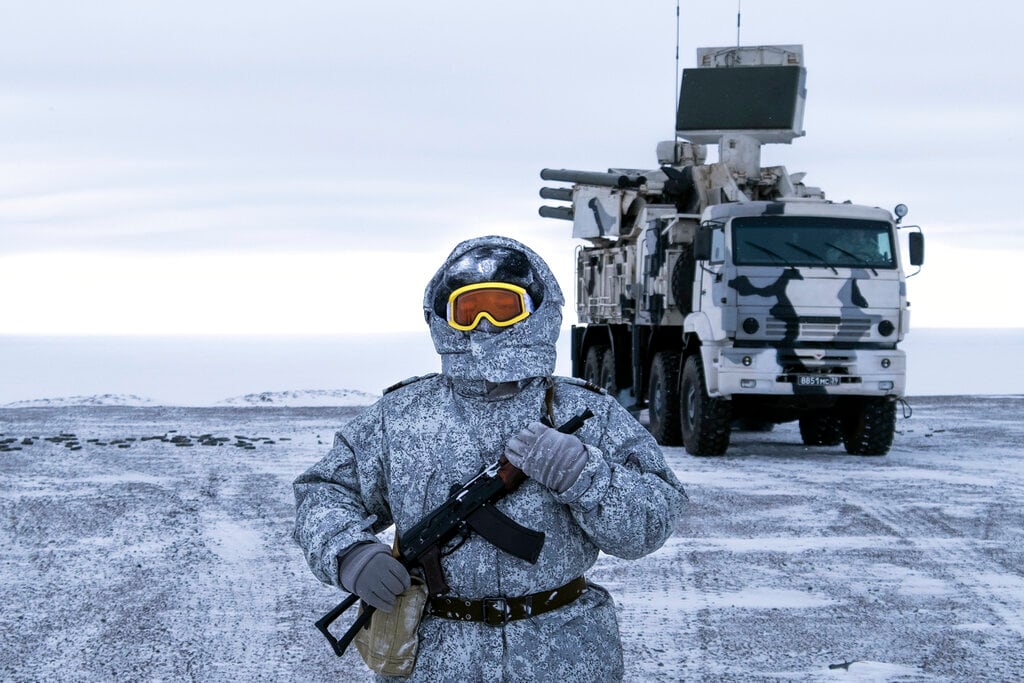
Geoff is the managing editor of Military Times, but he still loves writing stories. He covered Iraq and Afghanistan extensively and was a reporter at the Chicago Tribune. He welcomes any and all kinds of tips at geoffz@militarytimes.com.





